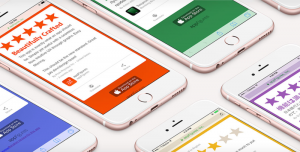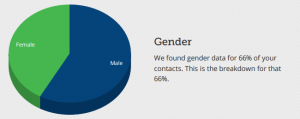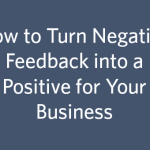Wayfair is getting it right when it comes to email marketing. In addition to sending different emails to consumers who have bought from them in the past versus non-purchasers who signed up for their list, the home furnishings brand’s emails contain product categories in the subject lines, a majority of their emails have a subject line that matches the email content rather than generic subject lines like “Just for you!” and they send a reasonable average of one email per day.
Sounds simple, right? But this isn’t the reality for most brands. In fact, most retailers are sending too many emails, failing to optimize them for mobile, falling short on personalization and not making the best use of their data. This is especially troublesome given the highly saturated retail industry and looming competition on every marketing channel.
What’s even worse, given the high stakes of highly-sought-out real estate in consumers’ inboxes, is that most retailers aren’t even treating purchasers and non-purchasers differently, meaning the same communication is going to two very different audiences. Brands that aren’t engaging with consumers with personalized experiences and rich content – regardless of where they are in the sales funnel – are missing out on building loyal, long-lasting relationships.
These insights come from Coherent Path’s recent study, “2018 Email Marketing Study: How 100 of the Top Retailers Engage Shoppers in the First 45 Days and Beyond,” which evaluates how 100 top retailers interact with email subscribers who have never made a purchase, as well as first-time buyers, 45 days after their initial purchase was made. By analyzing the emails received by “purchasers” and “non-purchasers,” the findings shed light on how retailers are interacting with these two audiences. The report also looked at how retailers were performing in other key areas such as Email Frequency, Content and Catalog Exposure.
Here are some of the key findings from the study:
- 62 percent of the time, retailers sent the exact same email on the same day to the purchaser and non-purchaser, and only 26 percent of all emails were unique to the purchaser, despite having clickstream and purchase data to leverage.
- Wayfair scored highest among all retailers because they personalized a majority of their email, with 71 percent of the emails sent to the purchaser being unique to them.
- When it comes to the purchaser’s email experience, Levi’s was the exception, with more than 75 percent of the emails sent to the purchaser being unique. Only eight percent of the emails matched a non-purchaser email sent on the same day.
- Of the 100 retailers evaluated, Williams-Sonoma had the highest average email sends per day at 3.14. Pottery Barn, The Shopping Channel and Victoria’s Secret sent two emails a day more than 90 percent of the time.
With more than 60 percent of the retailers evaluated sending the same email to a purchaser and non-purchaser, it’s clear that retailers are missing the mark when it comes to the follow through on customer engagement. In order to keep an active and loyal customer base, brands need to make sure they’re continuing to offer personalized communications in their email strategy. Engagement strategies need to be considered through the entire customer journey, not just until a customer makes an initial purchase. Brands need to take the time to understand where their email strategy stands against customer expectations so they can acquire and retain customers for years to come.
With troves of valuable customer data at retailers’ fingertips, there’s simply no excuse for brands to continue using stale and lazy tactics when marketing to consumers. Email can be wildly effective, if done right, so take a page out of Wayfair’s book – it might save your email marketing strategy.
Digital & Social Articles on Business 2 Community(94)





